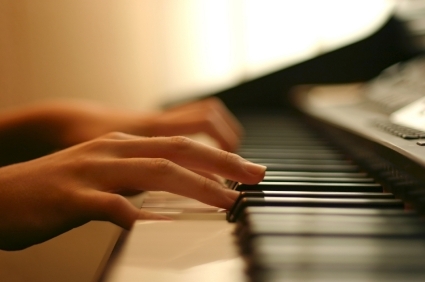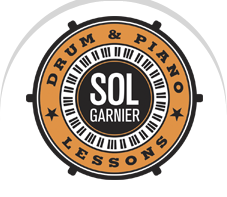In piano playing you get two very famous exercises in technique. One is the scale and the second is the arpeggio. Now, the scales are fairly easy. Yes, any scale is easy. The fingers have little to cover at a time, the thumb do not twist in awkward ways and you get a lot of speed with little effort.
The arpeggios are another beast altogether. You get huge stretches and awkward motions with the thumb while your hand has to hover rapidly above the keys. Oh, and it’s difficult to pick up some speed. I’ve seen people who’ve been playing for years doing unhealthy things with their arpeggios, so bad that they developed some medical conditions. I try to help them the best I can. Sometimes it does require a visit to an Orthopedist (that’s the bone doctor), most of the time, though, we’re able to fix what the bother is.
That, right there is the lethal power of the arpeggios: being able to cripple the player. So, I’ve got a method now. First off, any arpeggio fingering listed in a book can be questioned. It means that in any given arpeggio we might follow what is indicated in the book, but we might not. I need to see how the hand of the student is shaped and, more importantly, how it moves naturally. Once I get those information, we can determine a comfortable and easy fingering. Emphasis on “easy”. If it’s hard to begin with, injuries might occur.
I do my arpeggios everyday. They’re old friends now, even the Ab minors or the Eb Major. I can’t do all of them at the same speed, some are faster than others, but I take them for what they are: wonderful prima donnas that give you a lot of satisfaction if you treat them well.

